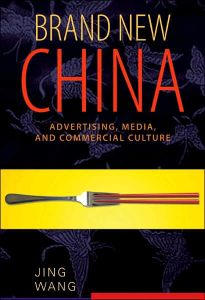Join getAbstract to access the summary!

Join getAbstract to access the summary!
Jing Wang
Brand New China
Advertising, Media, and Commercial Culture
Harvard UP, 2008
What's inside?
Understanding marketing in China through research and cultural analysis (plus some advertising war stories).
Recommendation
This is a hybrid book, part academic treatise and part business report. Although her practical experience in the world of advertising is minimal (consisting of several summers spent working in an ad agency in China), professor Jing Wang has applied her academic skills to study advertising in China. Her book does not speak primarily to advertising practitioners as much as to her fellow academics. Much of her content will also interest media professionals – if they can stay the course through her interesting, but somewhat disorganized professorial prose. getAbstract finds that Wang is at her best when relating anecdotes about advertising successes and failures in the Chinese market. She also shines when providing cultural insights that show how and why Western marketers have failed in the Middle Kingdom. Wang speaks with almost glowing anticipation of what the Olympics might achieve on behalf of “Brand China.” Though published in 2008, her book clearly went to press before the earthquake, the fresh controversy over Tibet and the demonstrations that brought a new kind of attention to the Chinese Olympics.
Summary
About the Author
Jing Wang is the S.C. Fang Professor of Chinese Language and Culture at MIT, the chair of the International Advisory Board of Creative Commons China Mainland, and the author of High Culture Fever.
















Comment on this summary